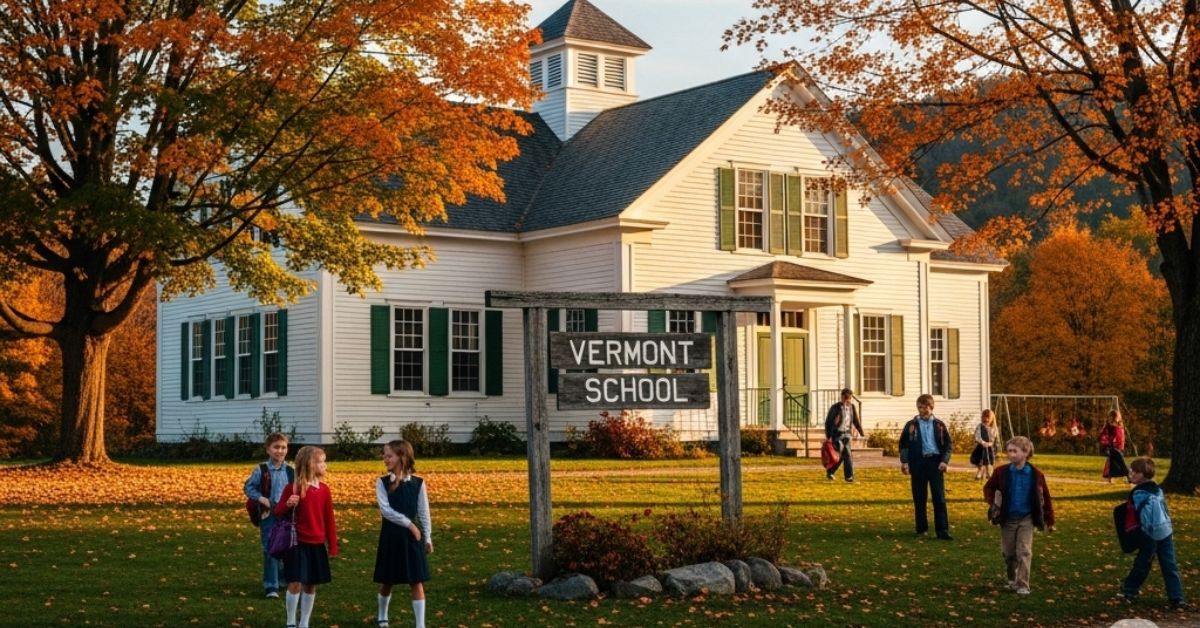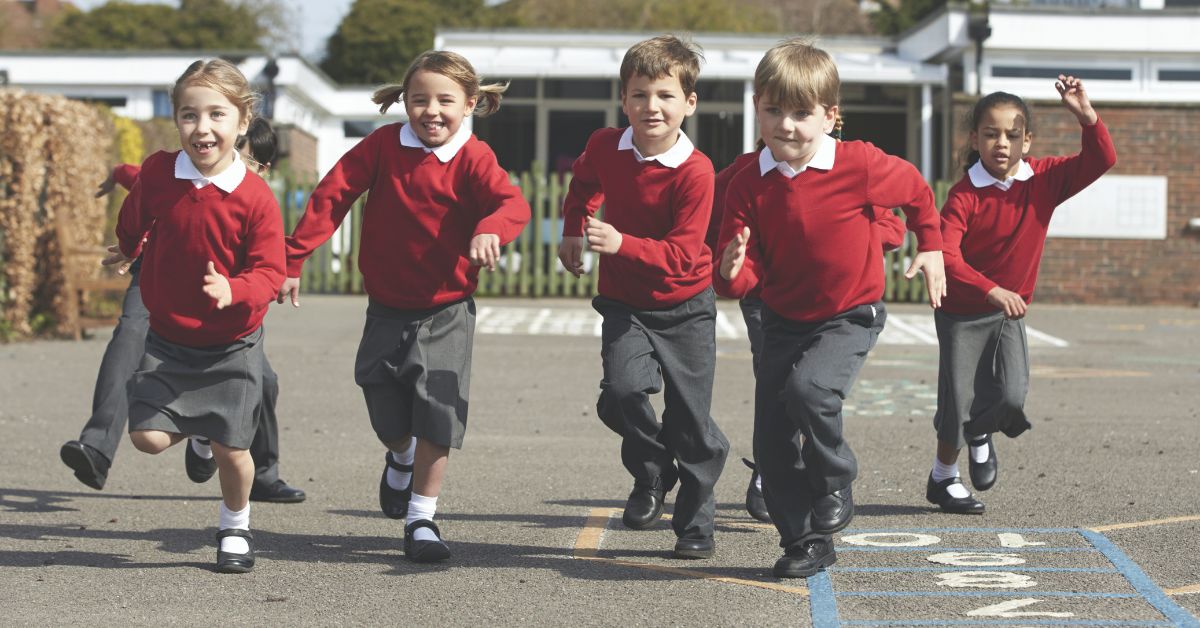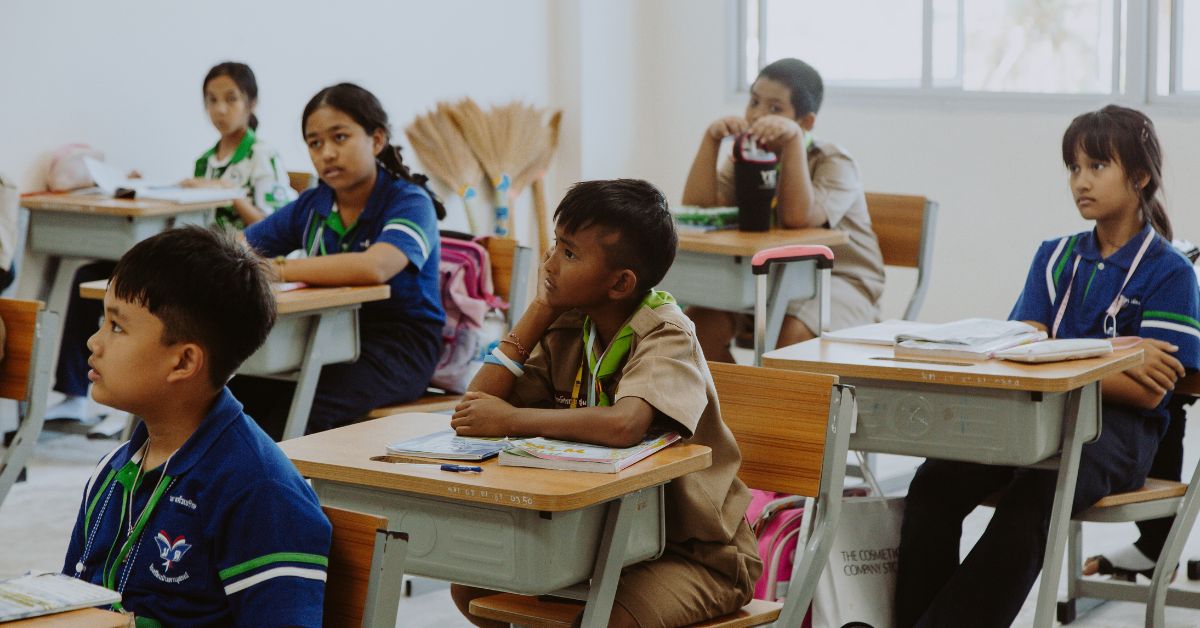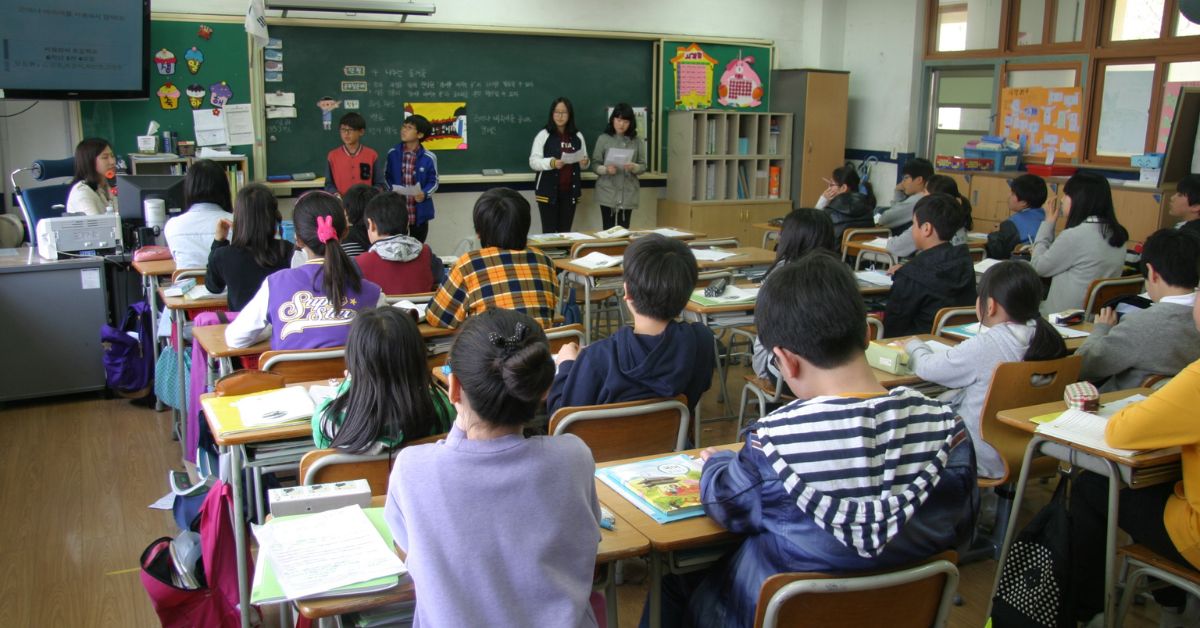In a perfect world, every student would feel safe, valued, and supported at school. But in reality, that’s not always the case. Across the country, students face unequal opportunities—based on where they live, how much money their family makes, what they look like, or whether they learn differently.
This is why fairness in schools—also called equity—is so important. And in Vermont, educators are taking bold steps to make schools more fair, inclusive, and just.
So, why does fairness matter so much? And how is Vermont showing the way forward? Let’s break it down.
What Is Fairness in Education?
Fairness doesn’t mean giving every student the exact same thing. It means giving each student what they need to succeed.
Think of it like this:
- Equality is giving every student a pencil.
- Equity is making sure every student has the tools they personally need—whether it’s a pencil, a laptop, glasses, or extra time to complete work.
True fairness in schools means looking at the full picture—race, income, gender identity, disability, language—and making sure no one is left behind.
Why Fairness Matters—Big Time
Students can’t thrive in schools where they feel ignored or mistreated. When schools are fair:
- Students feel respected and safe
- Learning gaps shrink
- Discipline becomes more just
- Mental health improves
- The whole community benefits
Unfair systems can cause long-term harm. When some students are always suspended more, tracked into lower-level classes, or overlooked for opportunities, it sends a painful message: You don’t belong.
But when fairness becomes a focus, schools can transform into places of hope and healing.
How Vermont Is Leading the Way
Vermont may be a small state, but it’s doing some big things when it comes to fairness in education. Let’s look at a few examples:
1. Equity Teams in Schools
Many Vermont schools now have dedicated equity or justice teams made up of students, teachers, and community members. These groups look at school policies—like dress codes, discipline rules, and hiring practices—to make sure they’re fair for everyone.
2. Student Voice and Choice
Vermont schools are giving students more power to shape what and how they learn. Whether it’s student-led conferences, social justice projects, or involvement in school boards, young people are being invited to lead. That’s equity in action.
3. Restorative Practices
Instead of punishing students with suspensions or detentions, many Vermont schools are turning to restorative justice. That means having real conversations, repairing harm, and helping students grow. It’s more fair—and more effective.
4. Fighting Bias in Curriculum
Educators are rethinking what they teach and how they teach it. That includes:
- Adding more diverse voices to history and literature
- Teaching about racism and social justice
- Avoiding stereotypes in materials
- Creating culturally responsive classrooms
Vermont educators are asking: Whose stories are we telling? And whose are we leaving out?
Fairness and Rural Schools
Vermont is also facing a unique challenge: many of its schools are in rural areas. That means less funding, fewer resources, and long bus rides for students.
But even in these small towns, teachers and leaders are working hard to make sure every child has access to quality learning, no matter their ZIP code. That includes things like:
- Internet access for remote learning
- Grants for small schools
- Local food programs
- Mental health support in isolated areas
Fairness includes rural equity too—and Vermont is paying attention.
Fairness Isn’t a Buzzword—It’s a Promise
Some people think fairness is about being “soft” or lowering standards. But really, it’s the opposite.
Fairness is about raising the bar for everyone—and making sure the path to success is open to all. That’s not just good for individual students. It strengthens our entire society.
In Vermont, the focus on equity is part of a deeper belief: every child has worth. Every child deserves to feel seen, heard, and supported. Every child deserves a chance.
What Families and Communities Can Do
You don’t need to be a teacher to support fairness in schools. Here’s how families and communities can help:
- Ask schools what they’re doing to promote equity
- Support diverse hiring in schools
- Encourage kids to speak up when they see injustice
- Get involved in school board meetings or equity teams
- Share books and media that reflect different cultures and perspectives
Fairness is everyone’s responsibility.
A Fairer Future Starts in the Classroom
Vermont is proving that small schools with big hearts can lead the way on fairness in education. By focusing on equity, listening to students, and rethinking outdated systems, these schools are creating something powerful: learning environments where everyone can thrive.
Fairness isn’t about helping a few students—it’s about helping all students. And when we do that, we build a better future for our kids, our schools, and our world.








